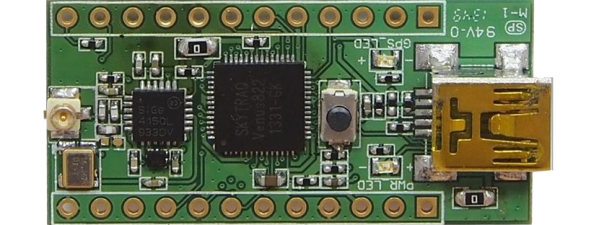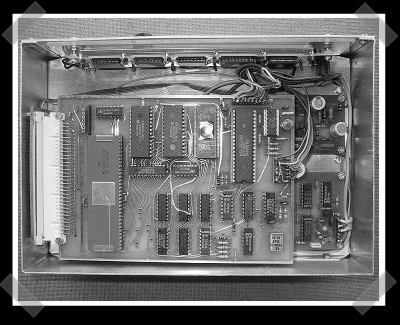Sticking a GPS module in a project has been a common occurrence for a while now, whether it be for a reverse geocache or for a drone telemetry system. These GPS modules are expensive, though, and they only listen in on GPS satellites – not the Russian GLONASS satellites or the Chinese Beidou satellites. NavSpark has the capability to listen to all these positioning systems, all while being an Arduino-compatible board that costs about $20.
Inside the NavSpark is a 32-bit microcontroller core (no, not ARM. LEON) with 1 MB of Flash 212kB of RAM, and a whole lot of horsepower. Tacked onto this core is a GPS unit that’s capable of listening in on GPS, GPS and GLONASS, or GPS and Beidou signals.
On paper, it’s an extremely impressive board for any application that needs any sort of global positioning and a powerful microcontroller. There’s also the option of using two of these boards and active antennas to capture carrier phase information, bringing the accuracy of this setup down to a few centimeters. Very cool, indeed.
Thanks [Steve] for sending this in.













